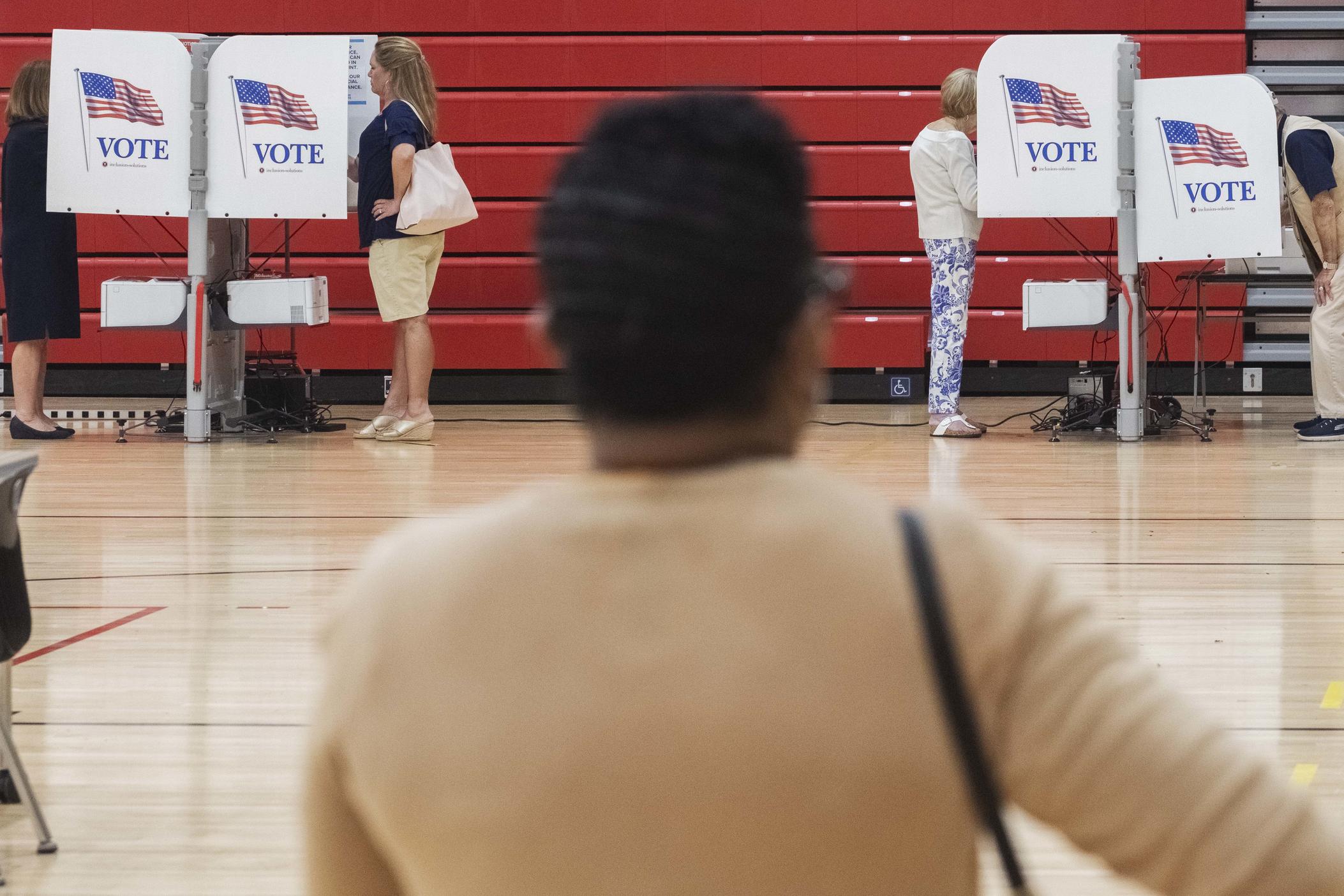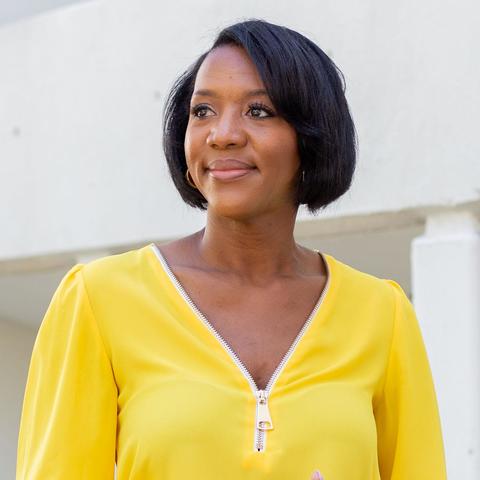Section Branding
Header Content
Horse races, margins of error and your vote: It's the science of political polling
Hero Image

Primary Content
LISTEN: Polls can be used to drum up support for campaigns and reveal how closely aligned (or far apart) the general public is on consequential elections. But can they be trusted to determine what voters will do? And why do they vary so widely? GPB's Leah Fleming talks to GPB News political reporter Stephen Fowler about it.
——
Political polls are a valuable tool to understand how voters are feeling about candidates and issues like abortion rights and the economy.
In Georgia, there have been a number of polls that show tight races, especially for U.S. Senate, with several recent results showing both Herschel Walker and Sen. Raphael Warnock on top — but usually within the margin of error.
GPB News political reporter Stephen Fowler recently joined GPB Morning Edition host Leah Fleming for a deep dive into the science of polling.
Leah Fleming: Stephen, when someone releases a poll of a race like governor or Senate, what is that actually measuring?
Stephen Fowler: Well, the first thing that several experts told me is that polls are a snapshot, not a prediction. By talking to a random sample of voters across a district, or state, or country, that SHOULD be representative of the overall population, we can get a vibe check on how people are feeling about a race or an issue or something like that.
The most common ones that we see are called horse-race polls. That's like "52% of people would vote for candidate X, 48% would vote for candidate Y based on this many likely voters we talked to, with a margin of error of this percent."
It's important to note that these should be considered a range of outcomes, and there are certain pitfalls from treating them as absolute gospel. You might not get a group of people that represent the electorate as a whole, or might be a different demographic breakdown than who actually shows up and votes — or voters could change their minds.
Here's CNN's polling and election analytics editor Ariel-Edwards Levy on what it CAN do for us:
"It does give you, for the most part, a generally good sense about the state of a race: whether it's close, whether it's not close. ... So it can really sort of give you a sense on the ground that can help you understand the race beyond what you might know just from hearing what the campaign says or talking to people around you." — Ariel-Edwards Levy
Leah Fleming: In your latest podcast, you say that not all polls are created equal and that there are certain transparency factors to look for when reading polls. What do you mean by that?
Stephen Fowler: Well, Leah, the first thing to look at is who is putting out the poll. Is it from a campaign, political party or an issue group that wants to advance a certain narrative on the results? Does it come from a nationally known university or polling firm that has a long track record of doing reliable polls?
The other thing that is paramount is sharing the poll's methodology and crosstabs: Who are they talking to for this poll, how are they talking to people, and how does it reflect the reality of our electorate? For example, some recent Georgia polls talk to way more Republicans than the state has or will vote in the election, or talked to way more older people or white people or men. It doesn't mean a poll is wrong, per se, but it should raise more skepticism if they DON'T share that information or if it differs from the typical breakdowns of demographics.
Finally, it's important to remember the margin of error, which accounts for the variation that comes with only talking to a sample of voters instead of an election which technically talks to all of them. If a poll has Gov. Brian Kemp at 48 and Stacey Abrams at 44 and the margin of error is 4%, what that means is the pollster is super confident Kemp's level of support is somewhere between 44 to 52%, and Abrams could be from 40 to 48%. So it's more of a range.
Leah Fleming: Let's get to recent polls of Georgia. In the U.S. Senate race, some show Herschel Walker has more likely support than Sen. Warnock. Others say Warnock has the edge. So who's right?
Stephen Fowler: Well, remember all the things we just talked about regarding samples and methodology and margins of error? Let's put that into practice. Several reputable polls from national universities and outlets that share all of their behind-the-scenes information have Sen. Warnock leading Walker, sometimes greater than the margin of error. Other, less reliable polls don't share their sample breakdowns or other key factors that could shed light on why they have Herschel Walker ahead. And Walker has never been up outside the margin of error.
Now in the Georgia governor's race, Kemp has consistently been ahead, sometimes outside the margin of error, but the contest is probably closer than many polls suggest because of the underestimation of support among younger, Black and female voters for Abrams.
It sounds cliche, but it will come down to turnout... there are so many key constituencies for both Democrats and Republicans that could end up swaying these races if they show up a little more or little less than what people are estimating. And both Senate and governor races have the possibility of going to December runoffs OR having candidates win outright. But for now it's safe to say that Kemp and Warnock are in the driver's seats for their reelection.
Stephen Fowler is host of the Battleground: Ballot Box podcast, where you can hear more about polling on the latest episode at GPB.org/battleground or anywhere you get podcasts.


